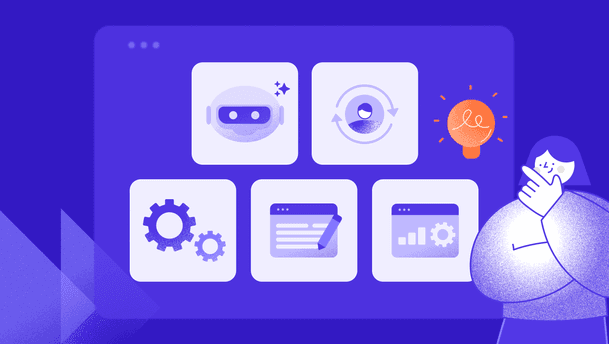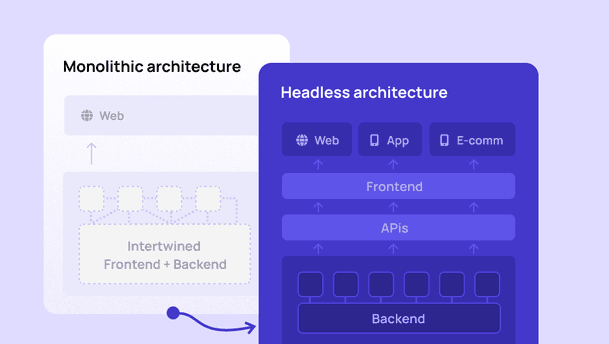Headless CMS
How a headless CMS works
Read time: 4 min
So you're on the lookout for a new content management system, and you've probably stumbled upon the term 'headless CMS' once or twice. Even if you're familiar with the term, it can still be a bit difficult to fully grasp the concept. No worries, though - we're here to help explain it in simpler terms.**





